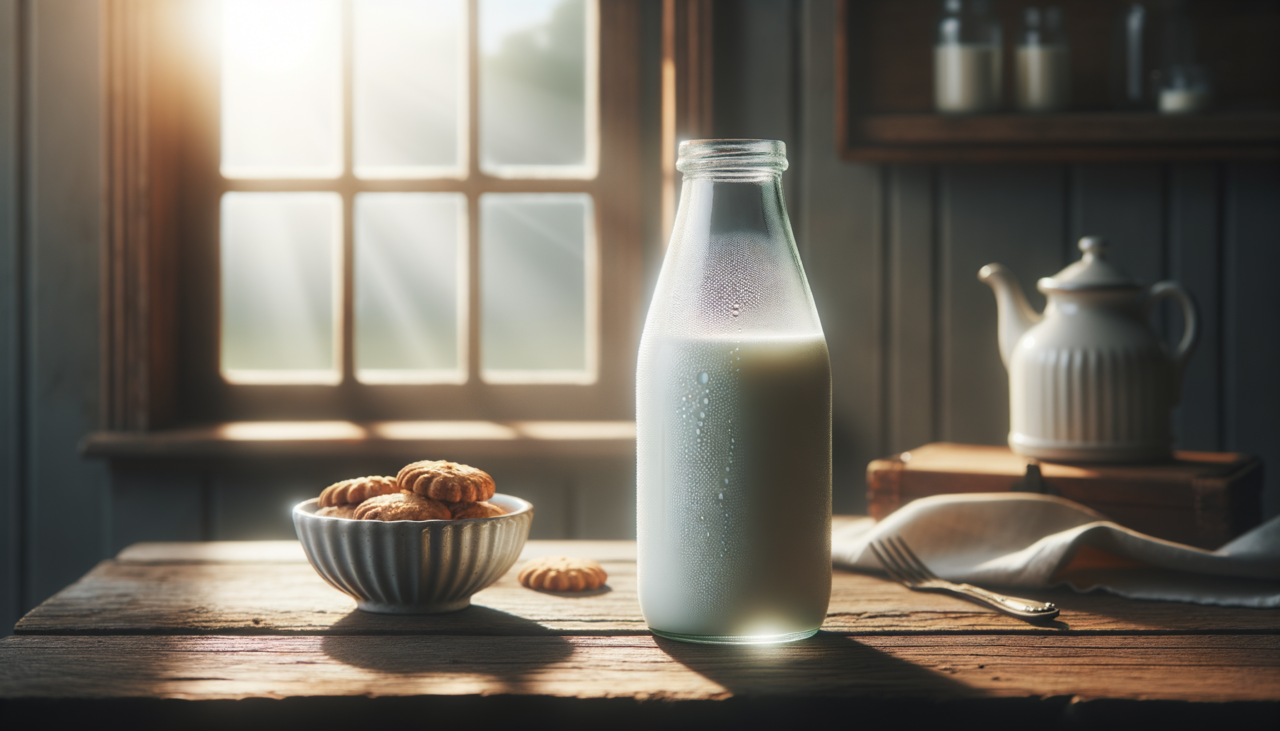How Much Does a Milk Bottle Weigh?
Milk bottles have been a staple in kitchens worldwide for centuries, evolving from reusable glass containers to modern, lightweight plastic and eco-friendly alternatives. Interestingly, the first glass milk bottle was patented in the United States in 1878, revolutionizing dairy distribution and consumption.
When considering the weight of a milk bottle, it’s essential to distinguish between the bottle itself and its contents. An empty glass milk bottle typically weighs between 400 to 500 grams (approximately 14 to 17 ounces), depending on its size and design. In contrast, a plastic milk bottle, often made from high-density polyethylene (HDPE), weighs significantly less, averaging around 50 to 60 grams (about 1.7 to 2.1 ounces). When filled, a standard gallon of milk (about 3.78 liters) adds approximately 8.6 pounds (around 3.9 kilograms) to the total weight.
Understanding the weight of a milk bottle is crucial for several reasons. For consumers, it helps in determining the ease of transport and storage. For manufacturers and distributors, knowing the precise weight is vital for logistics, packaging, and shipping calculations. Additionally, as the push for sustainable packaging grows, knowing the weight of various materials can aid in selecting eco-friendly options that reduce environmental impact without compromising on durability or safety.
In conclusion, whether you’re a consumer, manufacturer, or simply curious about everyday objects, knowing the weight of a milk bottle can be surprisingly insightful. As we continue to innovate in packaging and distribution, the humble milk bottle remains a fascinating subject, encapsulating a blend of history, utility, and environmental consciousness.

Comments (0)
There are no comments here yet, you can be the first!